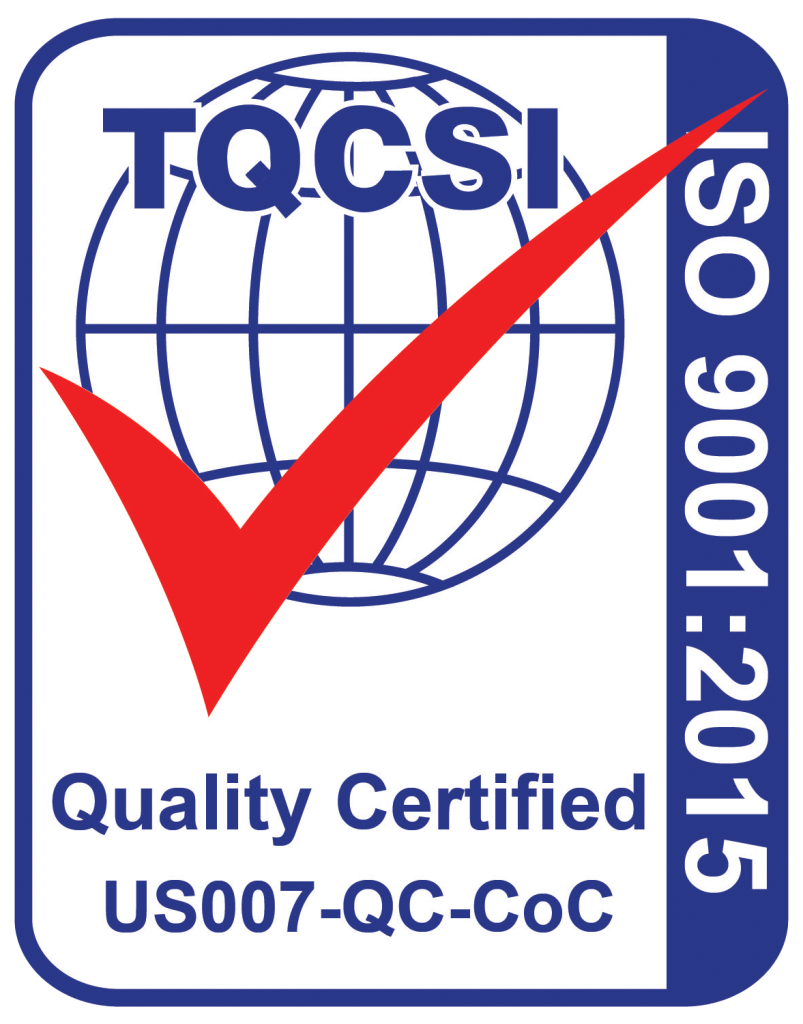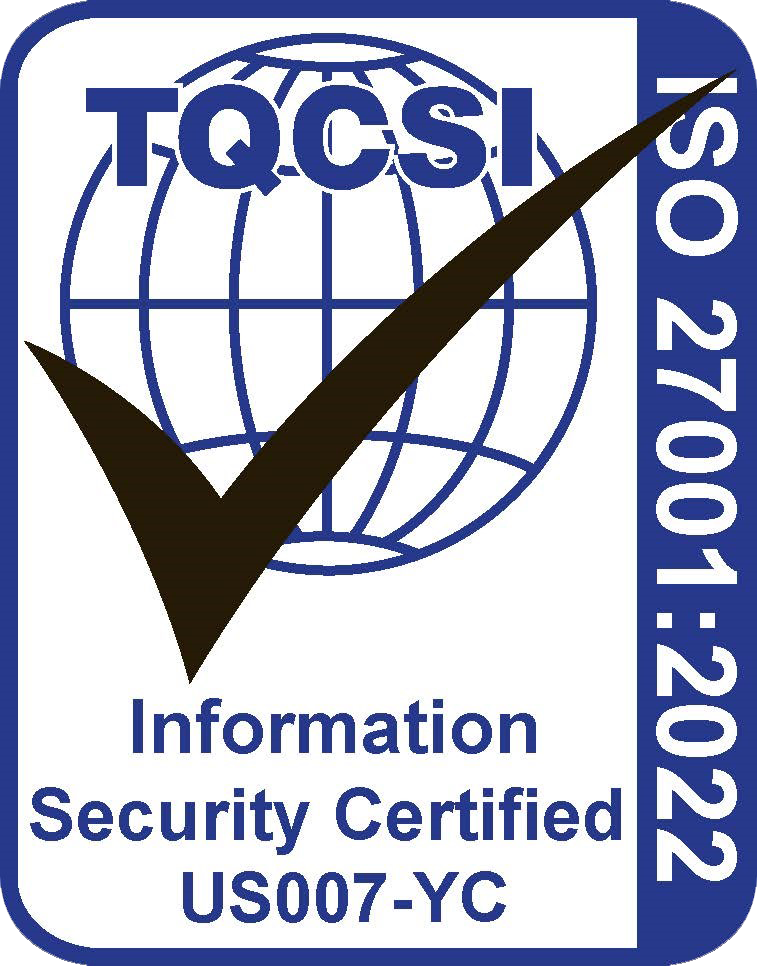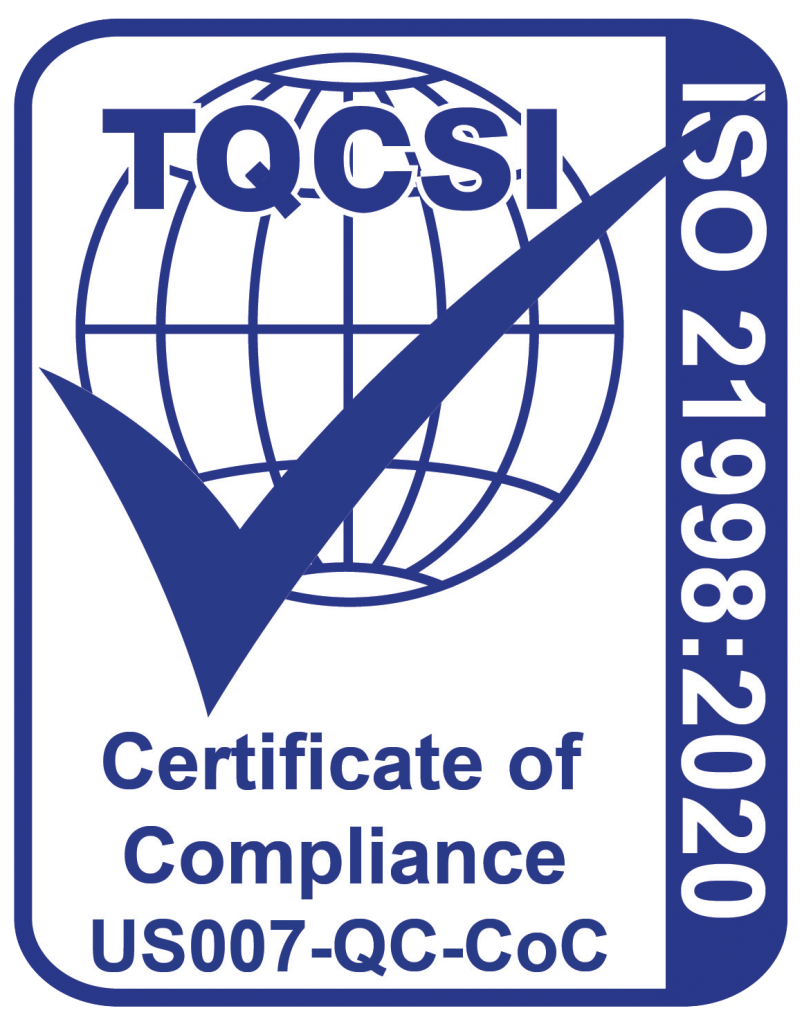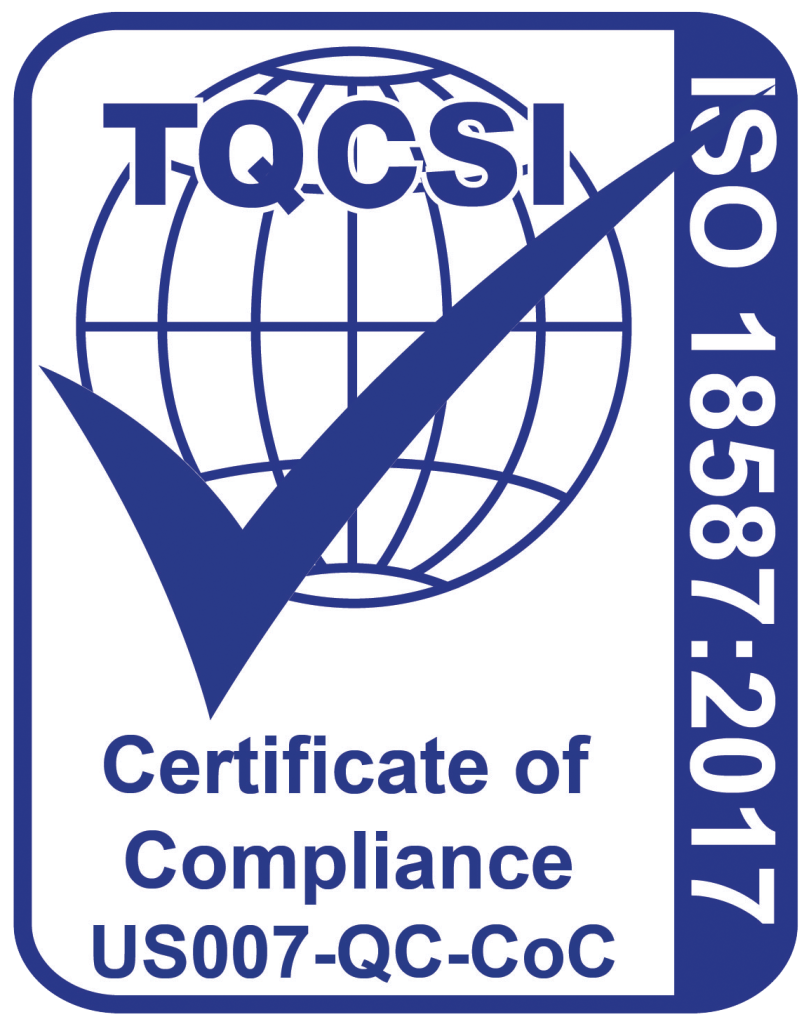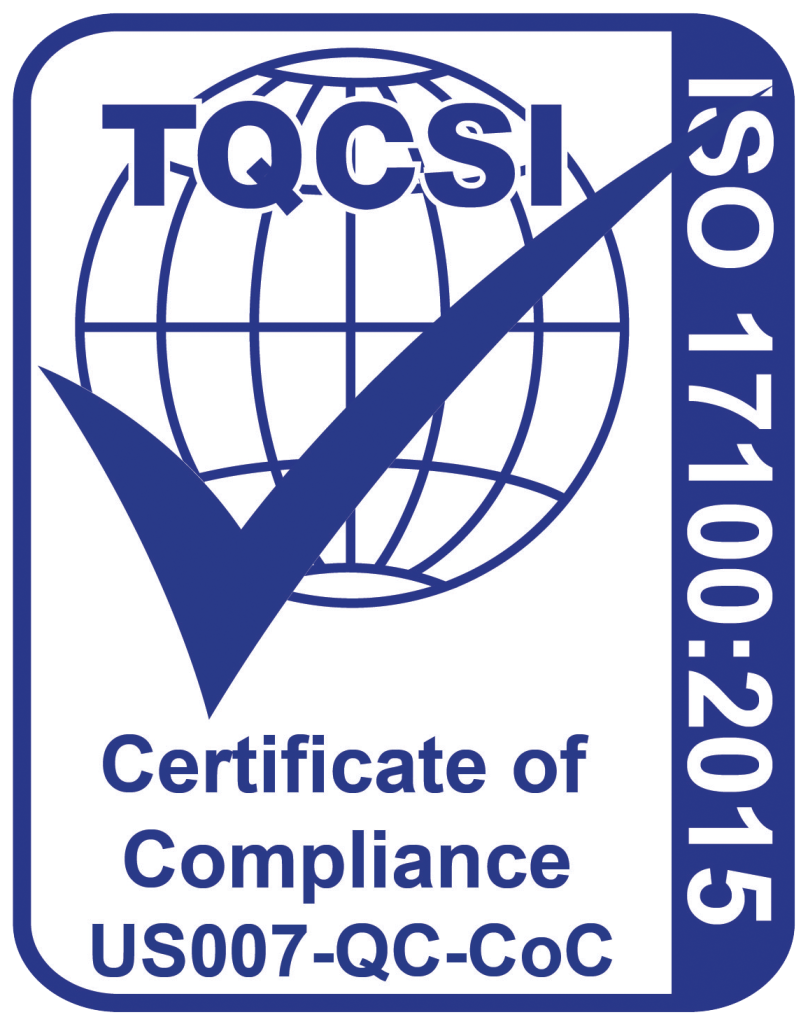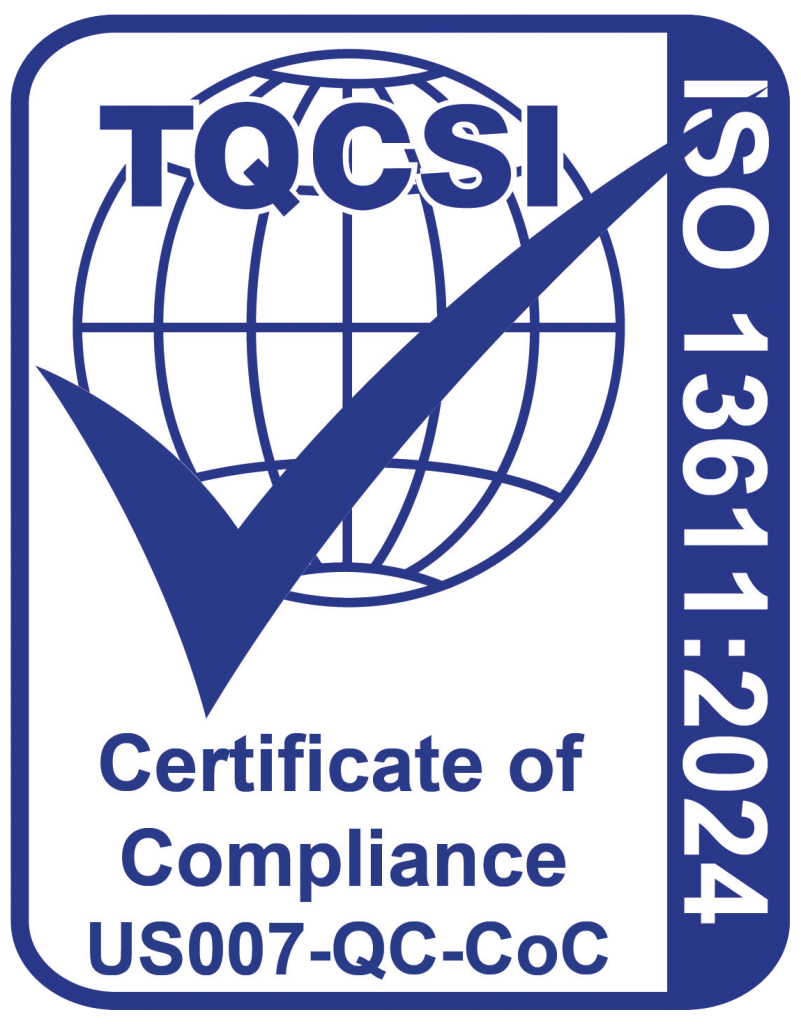The Hospital Consumer Assessment of Healthcare Providers and Systems (HCAHPS) survey — or CAHPS® Hospital Survey — is used by healthcare providers across the United States to gauge patients’ experience with their care team, staff, and facilities. The survey was developed by the U.S. Centers for Medicare and Medicaid (CMS) and the Agency for Healthcare Research and Quality (AHRQ). It allows patients to provide honest feedback, and hospitals’ scores are shared publicly. This transparency makes it possible for patients to compare care at the local, regional, and national levels and for hospitals to make improvements quickly.
Healthcare facilities can conduct HCAHPS surveys, at random, by mail, telephone, mail with telephone follow-up, or through interactive voice response (IVR) within 48 hours to 6 months after a patient is discharged. Hospitals are required to collect 300 surveys per year, either by administering the survey themselves or through a survey vendor. This requirement is one of several a hospital must meet to receive its Inpatient Prospective Payment System (IPPS) annual payment update without a reduction.
Before you can improve your hospital’s HCAHPS scores, it is important to consider the survey from the patient’s perspective.
Patient Experience and HCAHPS
The HCAHPS stars rating distributions published in October 2021 covered public reporting by over 2,800 hospitals. Like most services these days, customer experience is essential to the longevity of an organization. If patients have a choice and believe they could receive better care at one hospital over another, they will choose the facility with a better reputation.
So, how does a hospital improve overall patient experience? Looking at the measures for star ratings is a good place to start. Some items, such as improving the quietness and cleanliness of a hospital, might be easier to tackle than those related to the way people and departments manage care. However, much of a patient’s perspective, and the rating a hospital ultimately receives, is based on a single factor that is vital to every interaction in a hospital setting: communication.
At least 12 of the 29 HCAHPS survey questions are related to communication. This tells us that communicating well is key to patient care and satisfaction, as well as the hospital’s score and position as a healthcare provider.
How Communication Can Affect Your HCAHPS Score
“Patient satisfaction is very much tied to the outcome of the treatment and the patient’s ability to communicate with their nurses and doctors,” says Graciela Zozaya, Language Access Solutions Advisor at MasterWord. Graciela’s 30+ years of experience in language access and prior role as Manager of the Language Access Program at Harris Health System make her an expert on improving the patient experience with straightforward and effective strategies. “Patients are more likely to complain about the services they receive in a healthcare organization when communication breaks down. Think about how you would like to be treated and communicated with when at one of your most vulnerable moments in life: when you’re sick.”
The items that relate to communication on the HCAHPS survey include:
- Interactions with doctors and nurses
- Responsiveness of hospital staff
- Clear directions about medications and discharge information
When a patient is admitted to a hospital, they experience interactions through a vulnerable lens. They may require more patience during conversations and rounds and repetition of information that may be new or confusing. A hospital’s HCAHPS score will inevitably suffer if any of these items are lacking. The good news is there are ways to improve communications and boost your HCAHPS score in the process.
5 Ways to Boost Your HCAHPS Scores with Better Communication
Communication is an area where most hospitals can make improvements quickly and over the long term. Here are 5 strategies to boost your HCAHPS scores and enhance patient satisfaction.
1. Provide Training
One of the best ways to improve communications across the board is to train both medical and non-medical staff on ways to communicate with patients to increase understanding and retention of complex health-related information. For example, your staff can use rounds to determine patient concerns and pain levels, answer questions or ask about family members who might support them in the healing process. Train your staff to repeat important words back to patients, watching for cues that show they are retaining the information shared with them.
In most cases, empathy and time taken with patients during communications will go a long way. A series of physician interviews uncovered areas that helped them achieve higher HCAHPS scores:
- Involving staff when communicating with patients
- Listening carefully and providing simple instructions and explanations
- Taking the time to create an action plan with patients
Most patients will perceive patience as respect. “In many cultures, it is common for someone to give you a story for an answer. I recommend advising staff to be patient and listen to the story when possible,” says Graciela.
2. Practice Scripting
Patient rounds are common practice. However, scripting for doctors and nurses can be especially helpful for increasing the communications-related ratings in a hospital’s HCAHPS score. As you train your staff on appropriate communications, consider what patients really want to know and feel when they are under your care. Keep in mind that patients are not at their best in the hospital setting, so keep it simple to avoid overwhelming patients during communication.
Consider applying these simple items to your script for making rounds:
- Make eye contact upon entering and leaving the patient’s room
- Introduce yourself to the patient and to family members or visitors
- Speak slowly and with compassion
- Let the patient know when you’ll be back to check on them
- Ask if there is anything else you can do to make them more comfortable
Your team is most likely already implementing several of these recommendations. Talk with your team to see what else you can add to the script for rounds.
3. Offer Language Access Support
At this time, the HCAHPS survey is available to patients in English, Spanish, Chinese, Russian, Vietnamese, Portuguese, and German. However, it is vital to offer language access during a patient’s stay and when following up with them. If your staff is unfamiliar with the cultures or languages of patients who frequently enter your hospital, consider the Patient Engagement Model and cultural competency training, coupled with language support for Limited English Proficient (LEP) patients.
One study of HCAHPS surveys from 4,517 hospitals in 2014-2015 showed that the average experience for non-English-preferring patients was almost always worse than those of English-preferring patients. In fact, when a language barrier exists, patients can easily misunderstand explanations and instructions, leading to poor outcomes and negatively impacting their perception of care. “Hospitals should ensure interpreting services are readily available to communicate with their LEP patients at all points of contact. This can be achieved by contracting with a Language Service Provider to provide on-site interpreters or over-the-phone interpreting or video remote interpreting (OPI/VRI) services,” Graciela notes.
Make it a habit to communicate via an interpreter with anyone whose first language is not English. Doing so can result in higher patient satisfaction. But don’t stop there. Vital and often-utilized documents and forms should be provided to patients in their first language. Partnering with a specialized translation provider will help you enhance care for patients while improving your HCAHPS scores.
4. Use the Discharge Process to Communicate Important Information
Discharging a patient is one aspect of a hospital stay that is often lacking. Staff are pressed to finalize the patient’s paperwork while transportation and other departments may be behind schedule or overly extended. Keeping in mind that HCAHPS scores are based on patients’ perception of care, take the time to reiterate important information while a patient is waiting for the discharge process to play out.
Explain instructions for the patient’s medications and follow-up treatment or therapy. Then, have the patient reply by asking them to repeat what you told them about their medication, why they need it, how they should take it, as well as any information related to upcoming appointments or follow-up visits. If the patient feels they are adequately prepared to manage their care upon leaving the hospital, they are more likely to report having a positive experience.
“Clear communication prevents readmissions and is key when giving discharge instructions. A conversation should take place in which the discharging nurse/doctor gives the patient and their family specific instructions, ideally, in a language they understand. Try to ensure a member of the patient’s support system is present during discharge, and use the “teach-back” method to confirm the patient/family member’s understanding,” says Graciela.
5. Explain How Follow-Up Will Work and Follow Through
As patients leave the hospital, they may be worried about next steps. Ease their minds by asking them questions that will indicate they are not alone and will need to rely on others during their recovery.
Try asking these questions:
- Do you have reliable transportation to and from your upcoming doctors’ appointments?
- Is there someone at home to help you care for yourself or do you need home health care?
- Do you need help managing your medication schedule?
- What is the best way for the care team to reach you for follow-up?
- Who will you call in case of an emergency?
Talking through these items will leave patients feeling cared for and more confident about next steps in their healing process. But it doesn’t stop there. Following up with patients once they return home can close the loop on a patient’s experience, thus improving the likelihood that your hospital will receive positive feedback on a subsequent HCAHPS survey.
Need support to improve communication at your facility?
 It is possible to raise your HCAHPS scores quickly by making an effort to improve communications, especially for those whose first language is not English. Even though some areas of communication can be improved internally, many hospitals lack the resources to learn about and communicate well with LEP patients.
It is possible to raise your HCAHPS scores quickly by making an effort to improve communications, especially for those whose first language is not English. Even though some areas of communication can be improved internally, many hospitals lack the resources to learn about and communicate well with LEP patients.
MasterWord is here to help. We are a woman-owned organization with a mission to connect people across language and culture. With extensive experience in partnering with health care organizations to provide language access, we can work with you to come up with a plan for your hospital. Contact Graciela to work on a Language Access Plan or to book a consultation.
gzozaya@masterword.com
281.589.0810 ext. 8966

